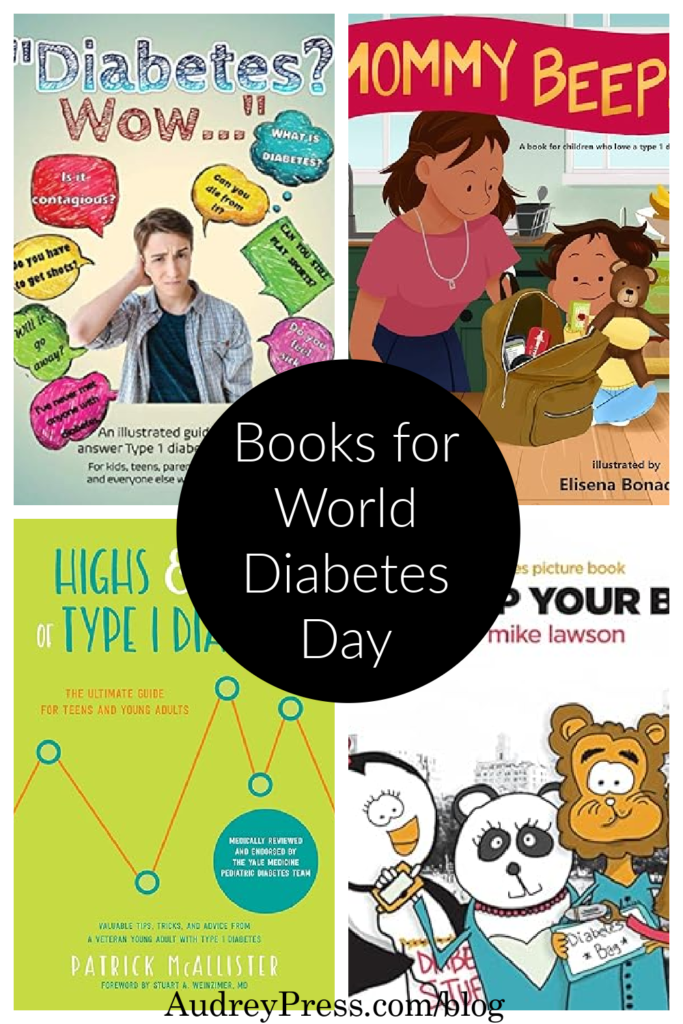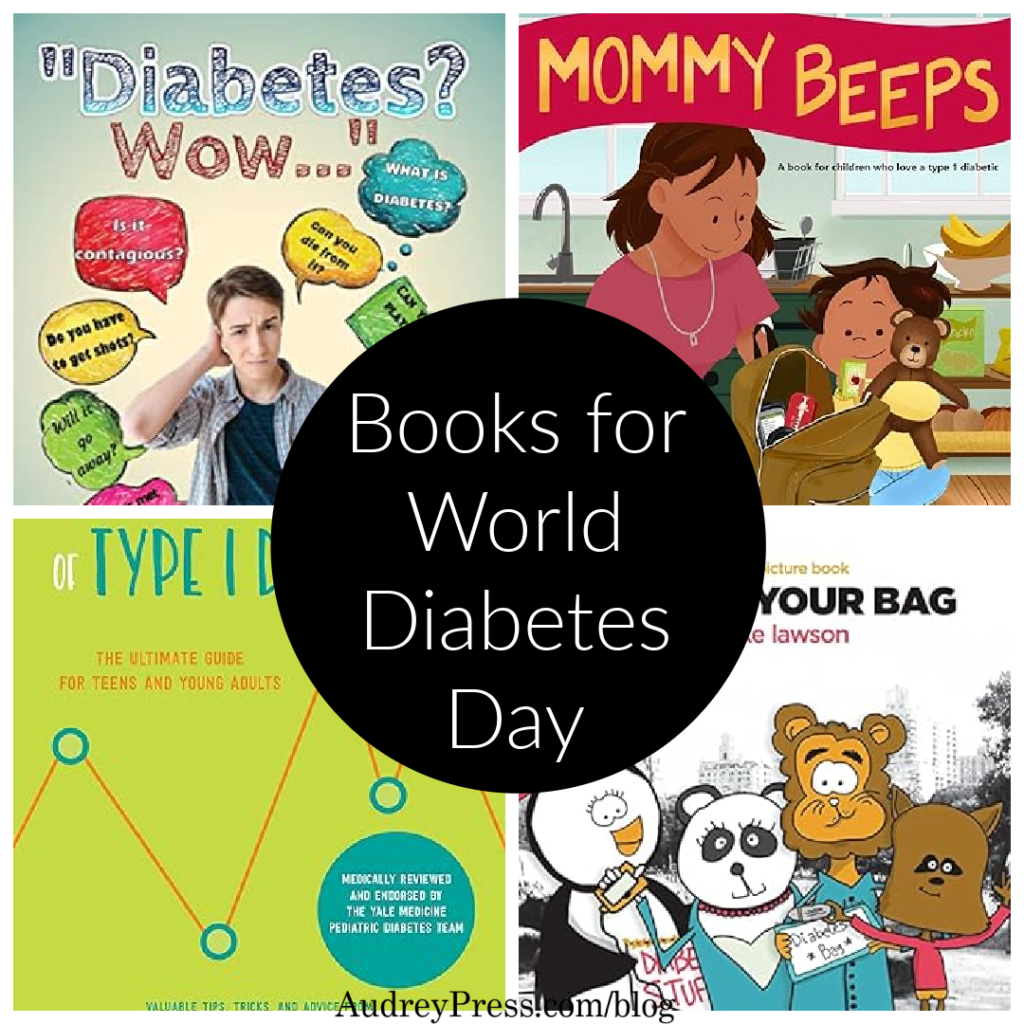Diabetes is a chronic disease that affects almost 30 million adults in the United States. Another 86 million adults have pre-diabetes, which means they are at high risk for developing the disease.
Its mind-boggling to learn that is was 101 years ago when a young boy named Leonard Thompson received his first successful insulin injection. On January 11, 1922, 14-year-old Leonard became the first person to receive an insulin injection as a treatment for diabetes. Before that, people with Type 1 diabetes did not survive for more than a few months with the disease.
This year, another exciting milestone is being celebrated as well. World Diabetes Day 2023 (11/14) marks 100 years since scientists Frederick Banting and John Macleod were awarded the 1923 Nobel Prize in Physiology or Medicine in recognition of the discovery of insulin.
Each year, a unique theme is chosen, and for World Diabetes Day 2023, the focus is on ‘Empowering Global Health’. This theme not only centres on individual health but also stresses the importance of communities working together to combat this global issue.
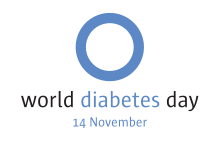
What is Diabetes
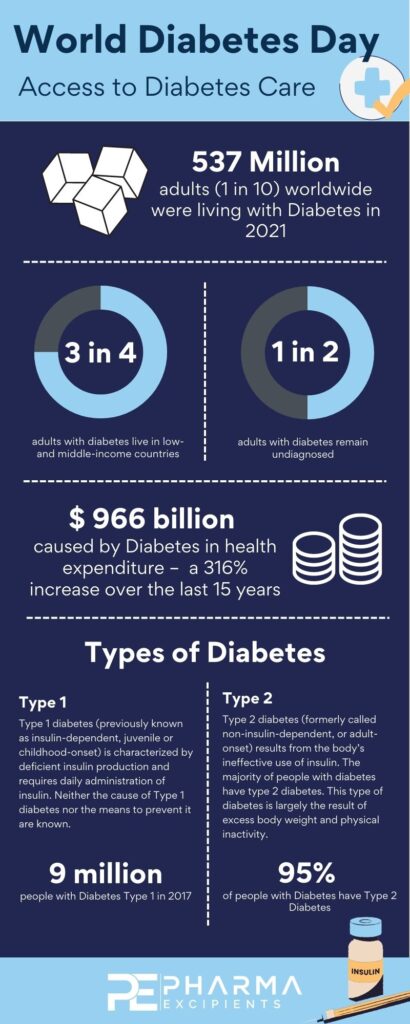
Diabetes means your body either doesn’t make enough insulin or cannot use its own insulin as well as it should. In reality, diabetes is much more complicated. The federal Centers for Disease Control and Prevention define it well: “Diabetes is the condition in which the body does not properly process food for use as energy.”
Living with too high blood sugar is like having a car with a little oil leak. You may not even notice it for a long time until your car engine overheats and becomes too damaged to run. That’s why we need to pay attention to our blood sugar patterns, understand what is happening and develop lifestyle habits that delay or avoid destroying our body.
A classic symptom of diabetes is high blood sugar, which rises in all of us after we eat but can reach dangerous levels in people with the disease. Blood sugar levels are how the disease is diagnosed and monitored using blood tests.
If you or anyone you know has questions about diabetes, visit the WDD website for resources and more info.
One of the best ways to help the others understand their diagnosis, or the diagnosis of a loved one, is with books. Here are a handful of books about diabetes that will help shed some like on this complex disorder for World Diabetes Day.
A Booklist
If I Kiss You, Will I Get Diabetes? by Quinn Nystrom

This book is the author’s personal story of living with type 1 diabetes and being diagnosed as a teen. Nystrom’s journey chronicles her real life experiences of figuring out how to live a “normal” life with a chronic disease. Quinn’s wish with this book is, “I’m hoping this book will provide courage and faith for your journey as it has my own.”
Mommy Beeps by Kim Baillieul:

Where does insulin go? In the butter compartment of the fridge, of course. Mommy Beeps is a story for children with a parent, sibling, teacher, or other loved one navigating life with diabetes. Within the colorful illustrations and thoughtful text, readers will explore the day in the life of a type 1 diabetic and her child as they go on adventures. Topics covered include dealing with high and low sugars, waiting on hold for lab results, visiting the endocrinologist, and why diabetic machines “beep.” This a delightful book for families with a member who has type 1 diabetes (or type 2!) – but is not diabetic themselves.
Open Up Your Bag by Mike Lawson:
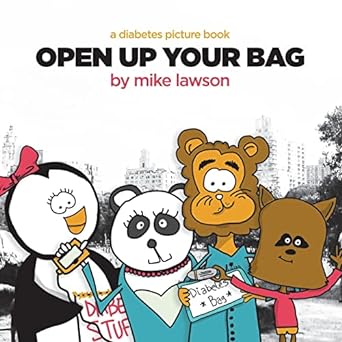
This fun picture book about diabetes can be found on DiabetesDoodles.com. Open Up Your Bag is one of several diabetes picture books offered that is specifically geared for children in the early stages of developing their routine of managing a life with diabetes. Parents can download supplemental coloring sheets and activity pages downloads from the Diabetes Doodles website.
Highs & Lows of Type 1 Diabetes: The Ultimate Guide for Teens and Young Adults by Patrick McAllister
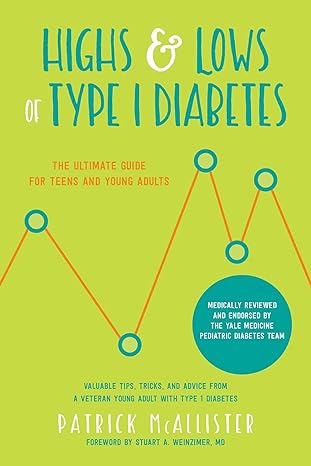
Type 1 diabetes (T1D) can be a daunting diagnosis, especially for a young kid or a teen. Patrick McAllister knows. Diagnosed with T1D at age twelve, McAllister’s life changed forever, and he faced an uncertain future of insulin shots, diet regulations, and high school. If only I had a roadmap, he thought. So, years after he learned things the hard way, he decided to write one.
Whether it is managing mood swings, hormones, or blood sugar levels, Highs & Lows of Type 1 Diabetes is the ultimate teenager’s and young adult’s handbook for surviving, thriving, and flourishing with T1D during one of the most terrifying, yet exciting, phases of your life. Many think of T1D as a scary disease that is sporadic and uncontrollable, but after eight years of dealing with the literal and figurative highs and lows of T1D, McAllister has learned that it is more a lifestyle change.
Diabetes? Wow…: An Illustrated Guide to Help Answer Type 1 Diabetes Questions by Briar Hoper:
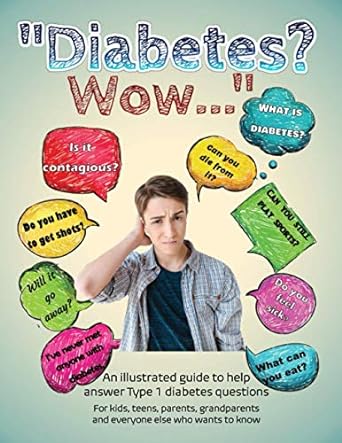
Geared toward an older reader (age 13 to 18), this book explains type 1 diabetes in a way that is short and to the point. This book helps navigate the many aspects of diabetes with colorful pictures, diagrams, and descriptions. What is diabetes? Is it contagious, Do you have to get shots? Will it go away? These and many other questions are answered in short, clear snippets to help readers better understand the world of diabetes.
Happy Reading!
